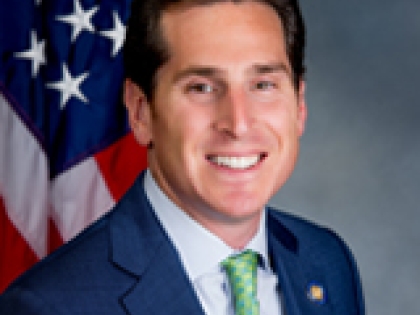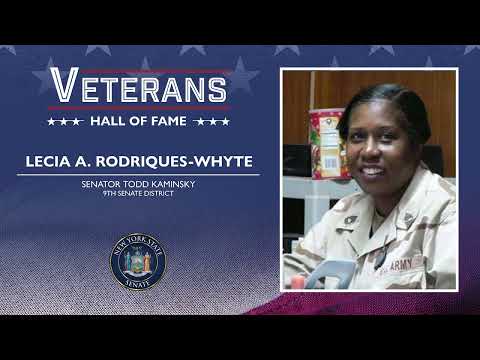
Confronting the rise of anti-Semitism
A single red dress shoe, still with its fancy heel and straps, taken from one of the 1.3 million people sent to Auschwitz.
A wooden clog, worn by an Auschwitz prisoner.
A child's brown shoe, with the sock still in it. The child, one of the more than a million people who died in the camp.
And a black boot, worn by an SS soldier patrolling the camp.
A journey through the Museum of Jewish Heritage's exhibit on the Auschwitz death camp includes facts, figures, dates and places.
But it's the everyday objects — like the shoes — accompanied by the survivors' voices, telling of horrors that explain the inexplicable.
So, as the recent rise in anti-Semitism spurs talk about how to teach kids, and even many adults, about hate, anti-Semitism, and the Holocaust, and as the 75th anniversary of the January 1945 liberation of Auschwitz, approached, I visited the museum in Manhattan with my 15-year-old daughter.
When I was a teen, my Holocaust education mostly came from Hebrew school. Public school teachers barely got to the basic facts, mostly because there was too little time. It was only when I wrote a 10th-grade English paper on Holocaust survivor Elie Wiesel that I understood more deeply. My daughter read Wiesel's "Night" in middle school, and between that and her religious education, had a fairly good grasp of the history.
But no lesson inside the classroom can do what a visit to the Museum of Jewish Heritage, and other memorials and museums, can, by showing the atrocities of the Holocaust in their terrible detail.
The cattle car outside the entrance. The wooden bunks and barracks. The shower head, there so prisoners would think water was coming just before they were gassed. The vegetable graters, tea cups, and even a baby carriage, all items brought to Auschwitz, only to be taken by Nazi officers.
It's striking that this week, only 200 survivors will make their way to Auschwitz for a commemoration of the liberation's 75th anniversary. Few are left to recount their memories. So, we must rely on recordings, books, documentaries, and artifacts that weave the historical narrative our children must understand.
But how do we teach our tweens and teens about a chapter of recent history in which so much is oddly and horribly familiar, yet still hard to grasp?
The answer starts with crafting a state-mandated curriculum on hate, anti-Semitism and the Holocaust. Legislation by State Sen. Todd Kaminsky and Assemb. Charles Lavine that requires teaching about symbols of hate including the noose and the swastika is a good start, but doesn't go far enough.
Such a curriculum, perhaps geared for the middle school years, could include books like "Night," segments of documentaries like "Shoah" and visits to the Museum of Jewish Heritage. Gov. Andrew M. Cuomo suggested the museum be expanded. Even more important is that schools across the state prioritize such study. According to the museum, nearly 1,200 Long Island students have seen the Auschwitz exhibit. There are more than 100,000 high schoolers, and tens of thousands of middle schoolers in Nassau and Suffolk counties. Imagine if every single one of them experienced the exhibit.
A suggestion from my daughter could help link it all together: An added chapter to the museum's exhibit could bring visitors to the present, to show how anti-Semitism is alive and well now, how little things have changed and how we, too, can and must combat hate.
With Monday's commemorations, we will remember and mourn the six million Jews, and millions of others, who were killed in the Holocaust.
Come Tuesday, we must not forget.
